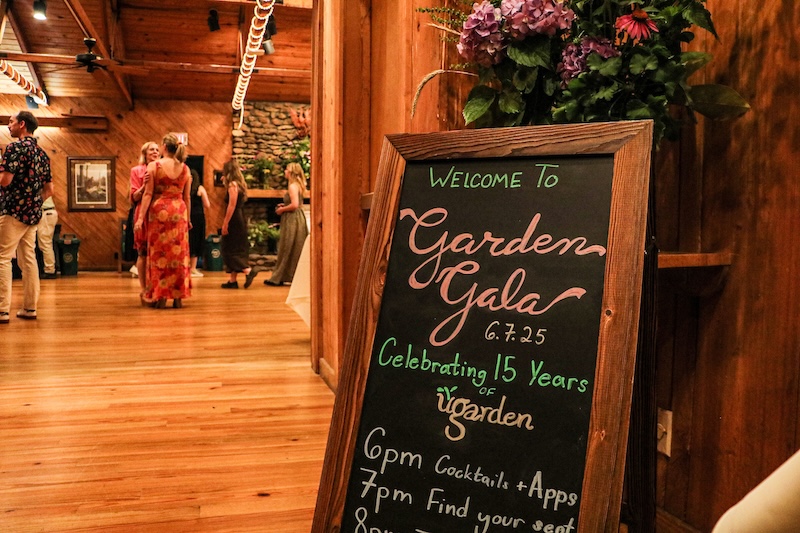By Terry Kelly
University of Georgia
Before there were fast food restaurants and grocery stores, most people grew a lot of the food they ate. Before he learned to cultivate crops, early man hunted and gathered his food. Apparently, that instinct is still alive in today's society.
Almost invariably, when people find something novel in the wild that has a fruit or tender vegetative part, the first thing they want to know is if it's edible.
Certainly, there are many wild plants native to Georgia that are edible. While some may have unique flavors or be rich in nutrients, others may not be safe to eat.
Being adventurous can be deadly
It may be adventurous and provide that back-to-nature experience, but eating wild plants that are unfamiliar can be unwise. After all, groceries are still relatively cheap, but medical treatment can be quite expensive.
One plant frequently found growing in Georgia is the sword bean (Canavalia gladiata) or jack bean (C. ensiformis). These beans draw lots of attention due to their size. The pods may reach 10-14 inches long and 1-2 inches wide. The seeds are ½ to ¾ inches long and almost as wide.
Most jack beans are white with a black seed scar, while most sword beans are red. The sword bean tends to be more vining than the jack bean. Both beans are edible in the immature stage.
The young tender pods can be sliced and boiled or the beans can be shelled out and eaten like broad beans. However, the beans can be poisonous when eaten in large quantities and the water should be drained off after boiling and discarded.
Ramps, or wild leeks (Allium tricoccum and A. brudickii L.) are native to the mountain areas of the state. It appears in the spring of the year and is harvested for the root. There are several communities across the South that have festivals in honor of the "ramp."
The roots are very pungent and may be eaten raw or cooked. Cooking the roots makes them less pungent. When raw, the pungency is so intense that it can linger with the consumer for several days.
There are many recipes for ramps. Cooking them with eggs is a favorite.
There can be side effects
Ramps are entirely safe to eat. However, if you're intent on eating a mess of raw ones, be prepared to be exiled from your family and friends for a few days.
Pokeweed (Phytolacca americana L.) is well-known as a weed that has edible leaves. However, the roots, berries and seeds are poisonous. "Poke salad" has been popular for generations. The young tender shoots are gathered in the spring and are used as a potherb.
Cut the shoots in the same way as asparagus, being careful not to take any part of the poisonous root or older stem. Older leaves may be eaten as greens if boiled and the water drained to remove the bitterness.
Pokeweed can be found in many places including pastures, woodlands, fence rows and gardens.
Purslane (Portulaca oleracea L.) is another weed that has some palatable properties. The leaves and stems are very fleshy and succulent. (This isn't the same plant as Florida Pusley.)
Common purslane has smooth purplish red prostrate stems coming from a single taproot. Whole young plants, and especially young leaves and tender stems, can be used as a potherb or eaten raw in salads. They taste similar to watercress or spinach.
There are many other plants in the wild or in the yard that can be eaten. However, proper identity is crucial since picking the wrong plant can lead to more than just a bad case of indigestion.
In this case, asking if it's edible is the right thing to do.






